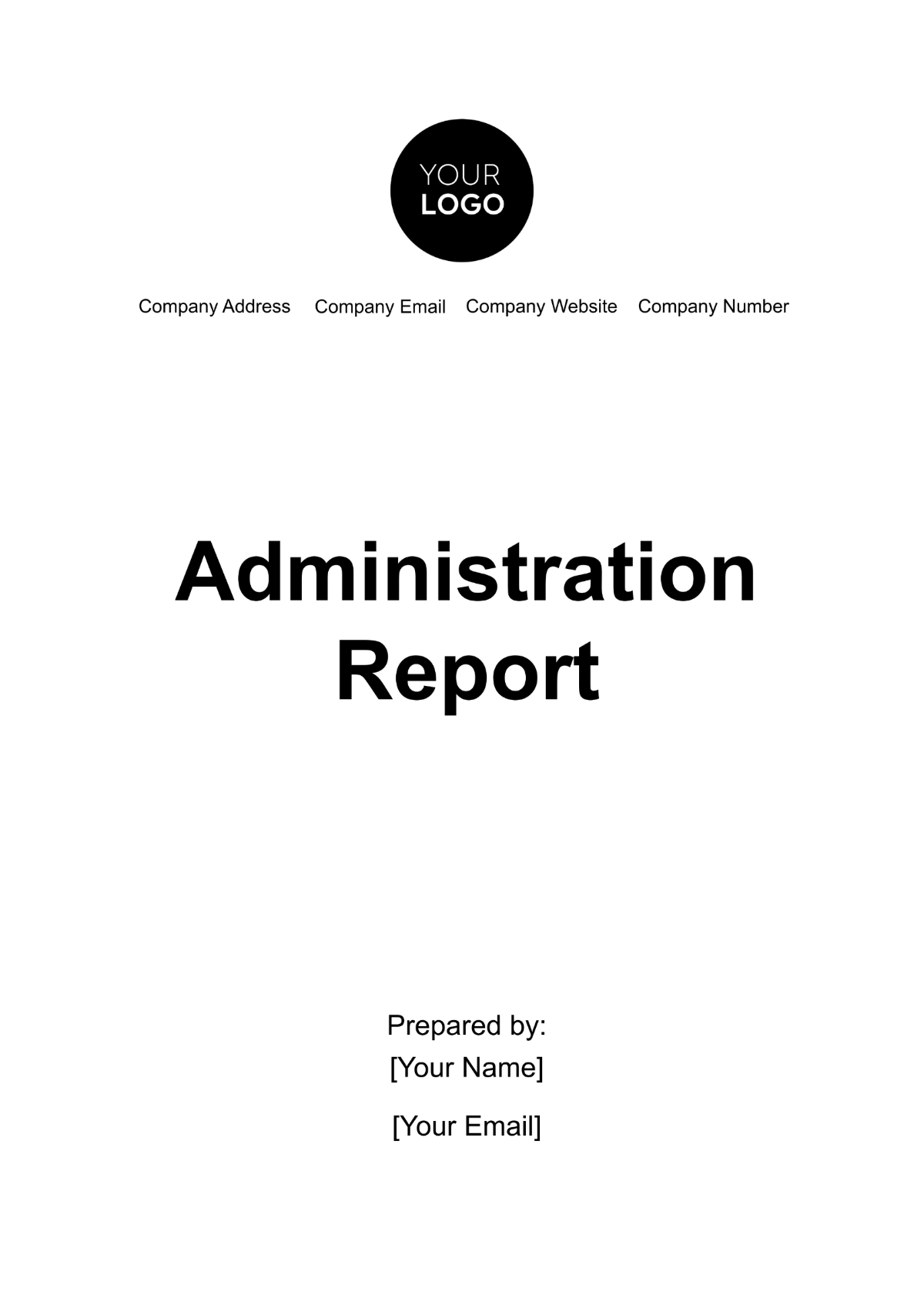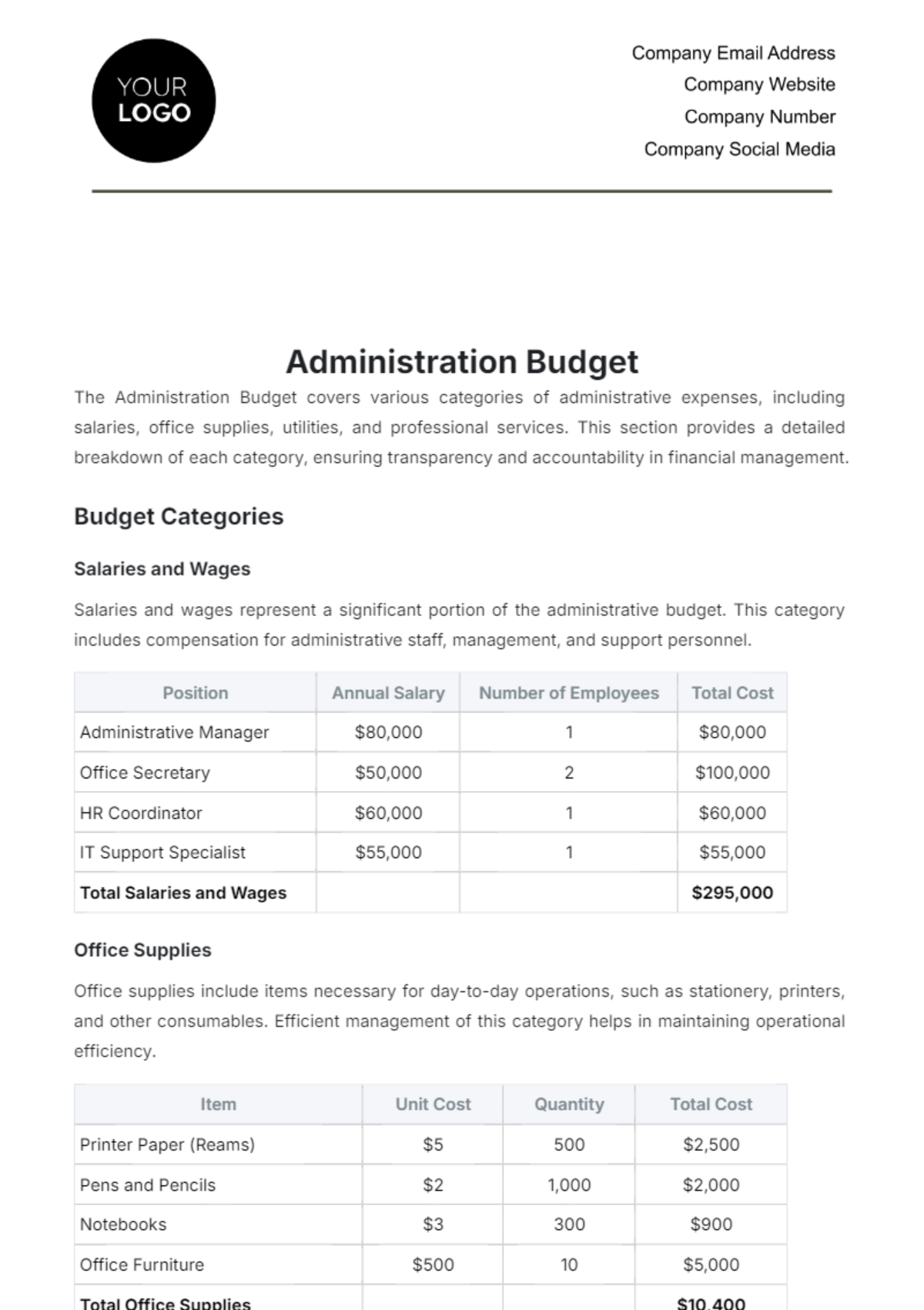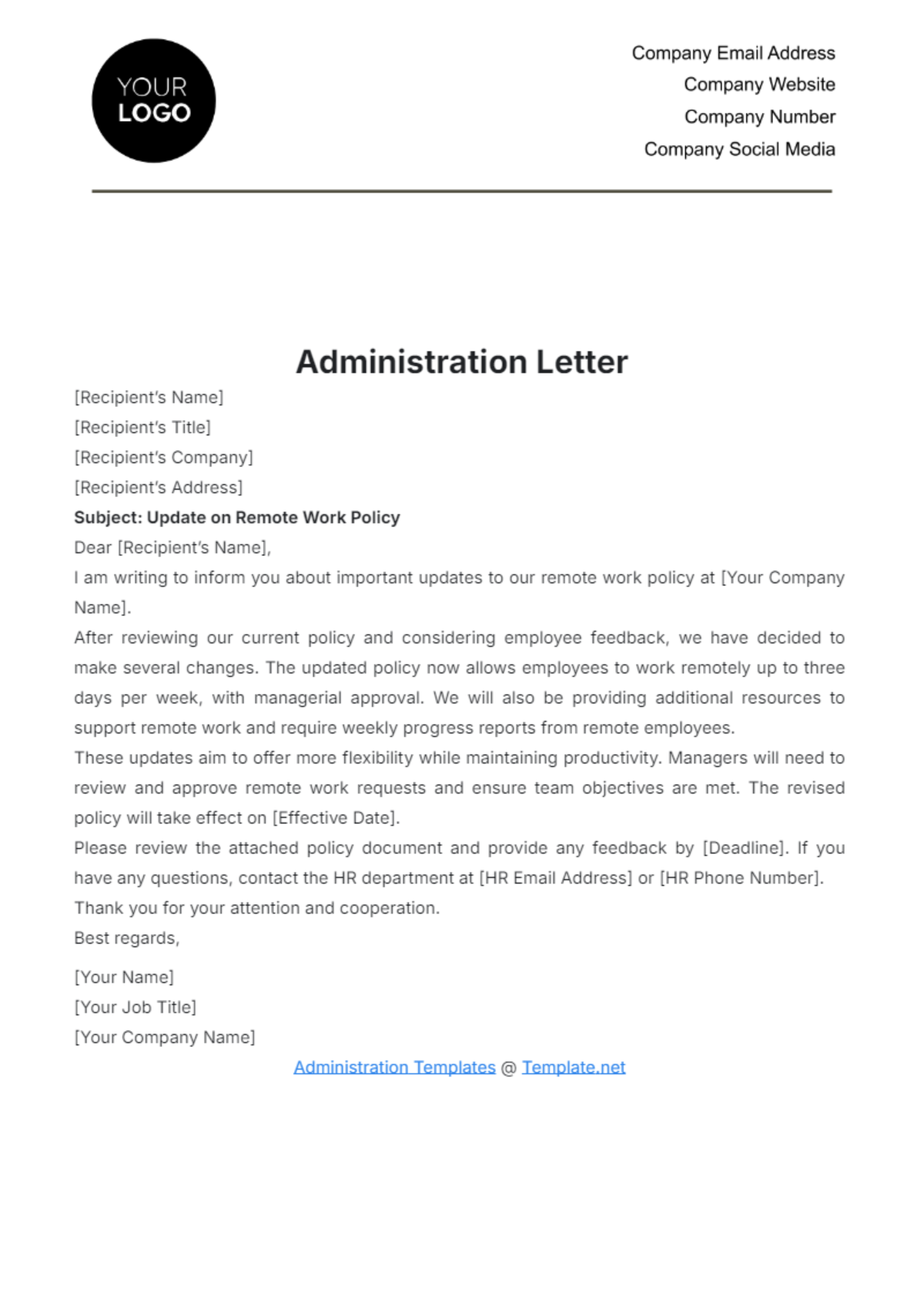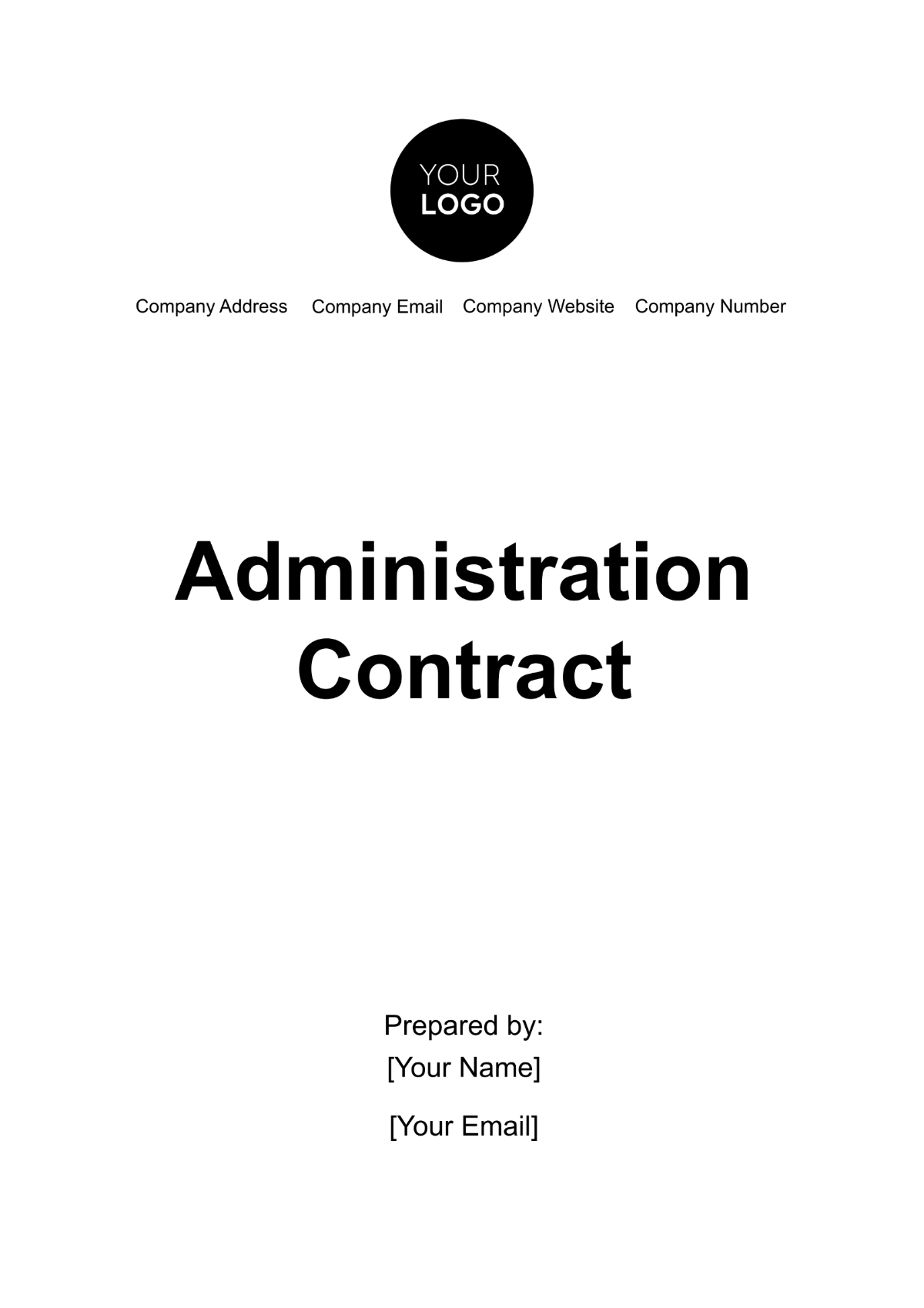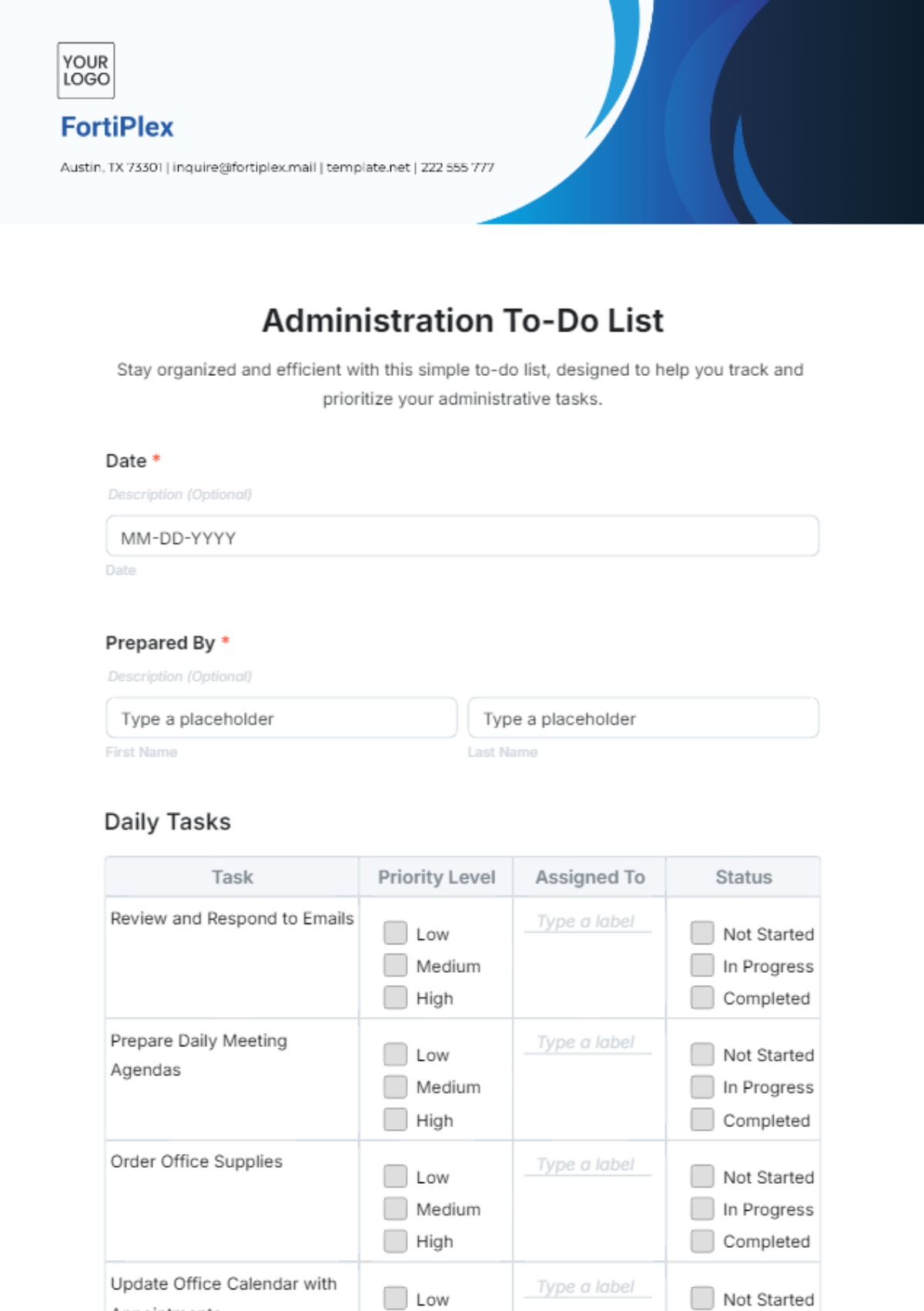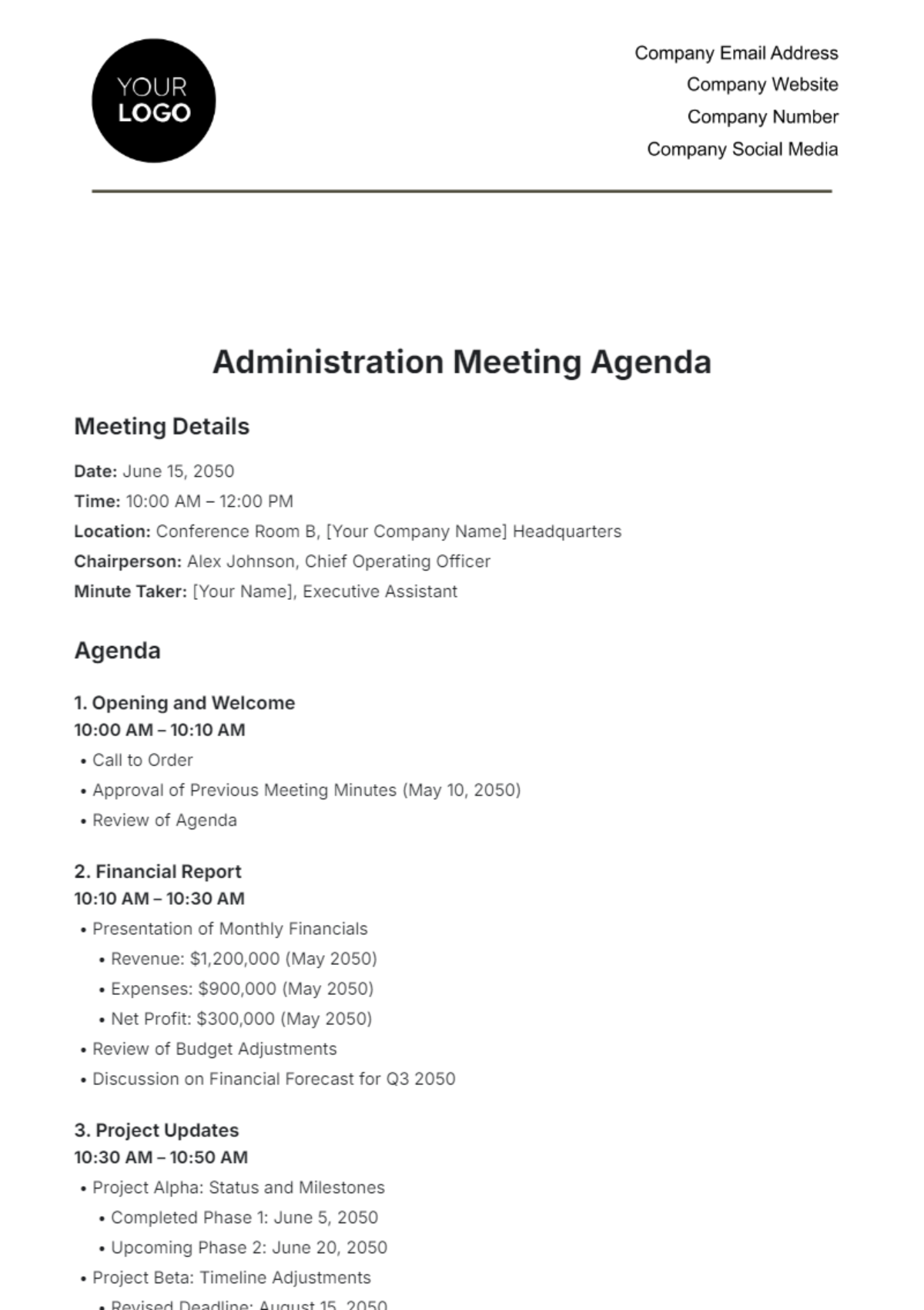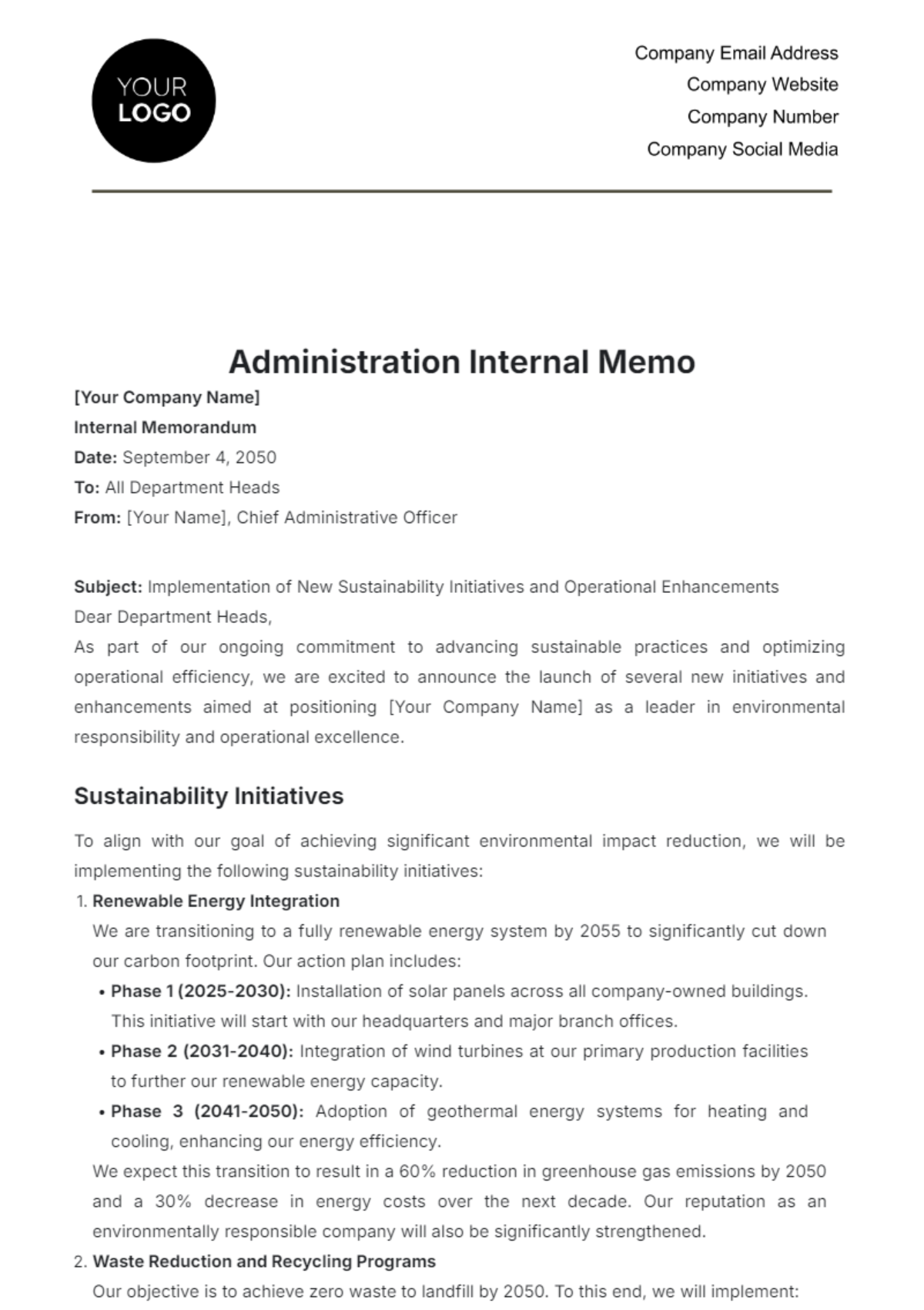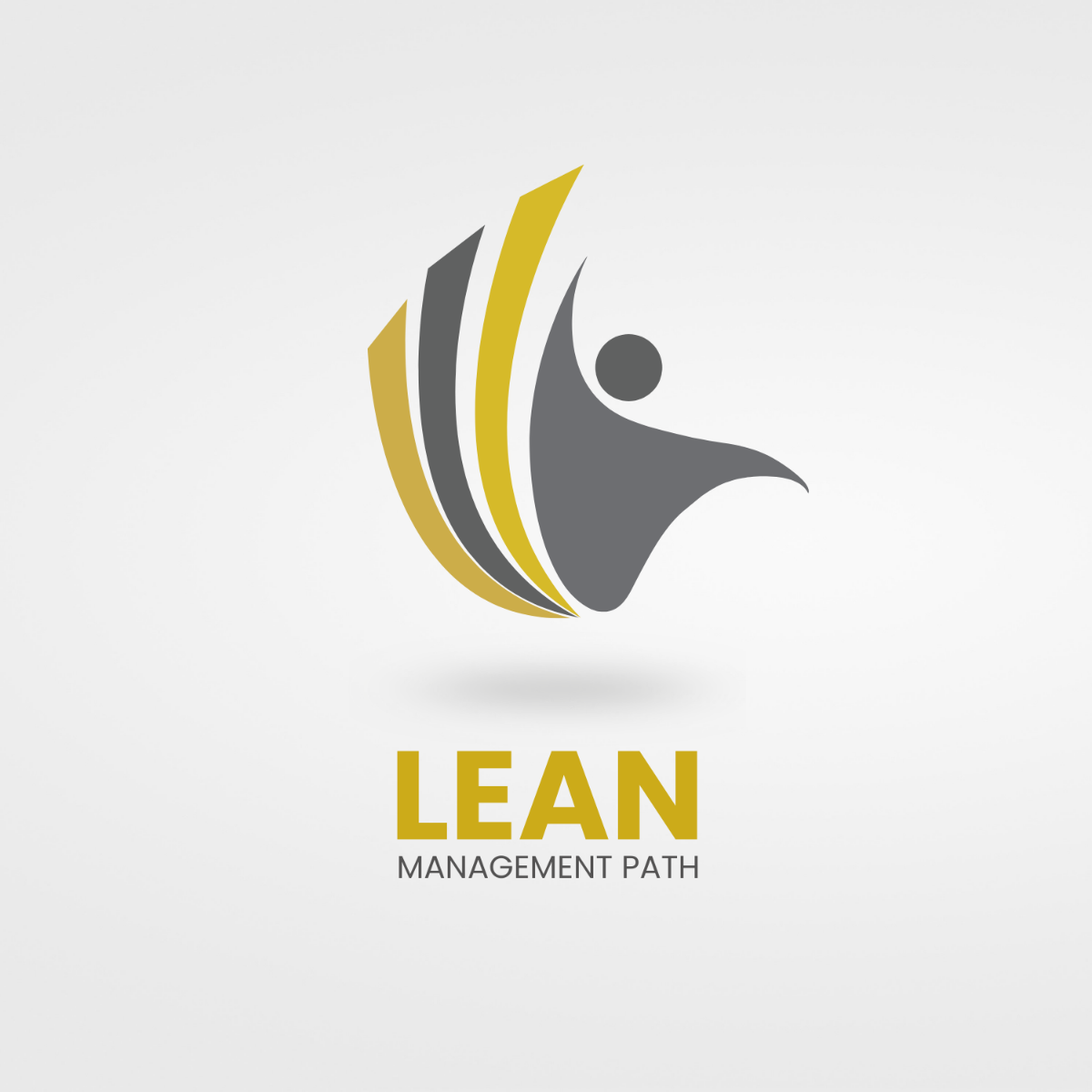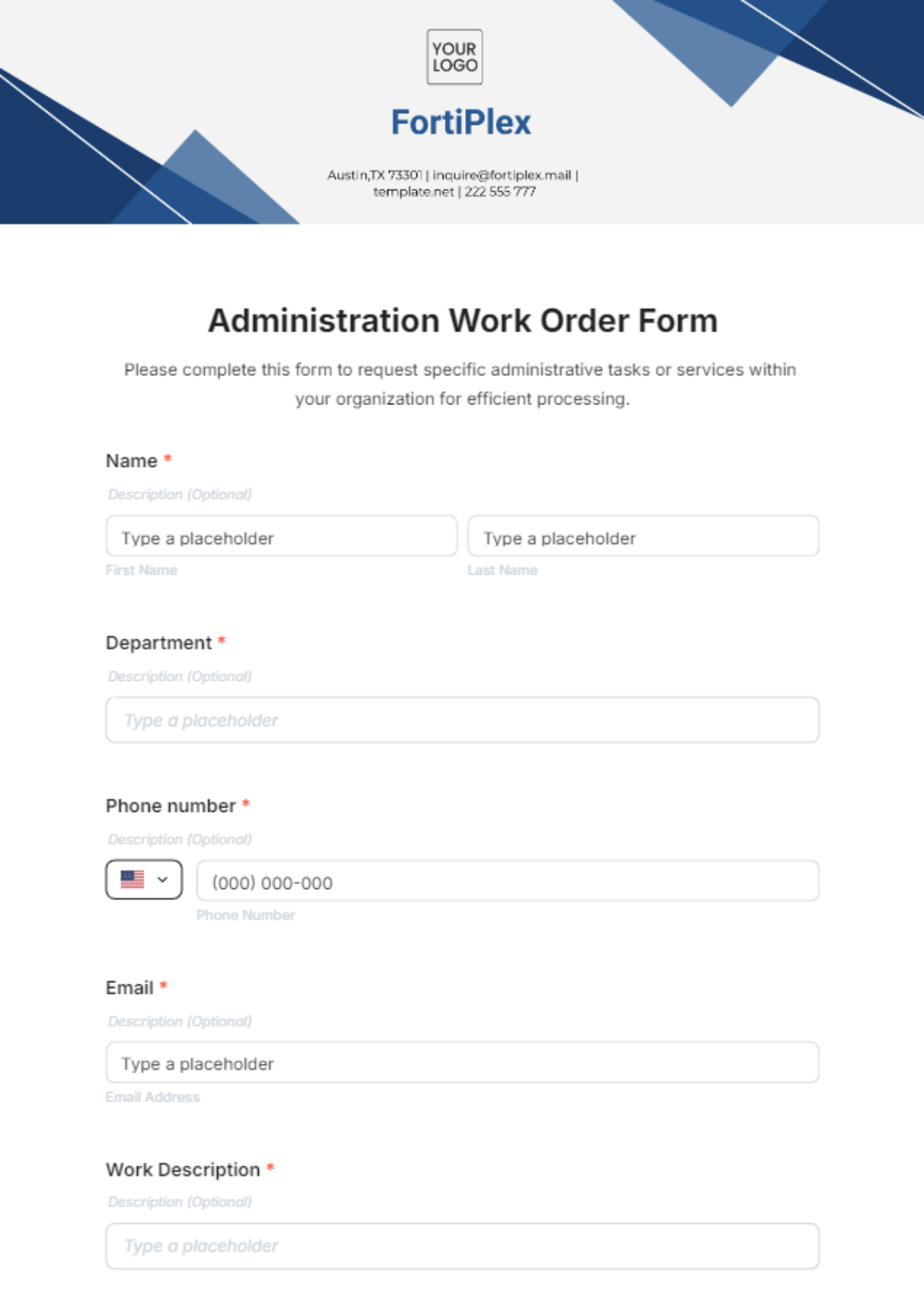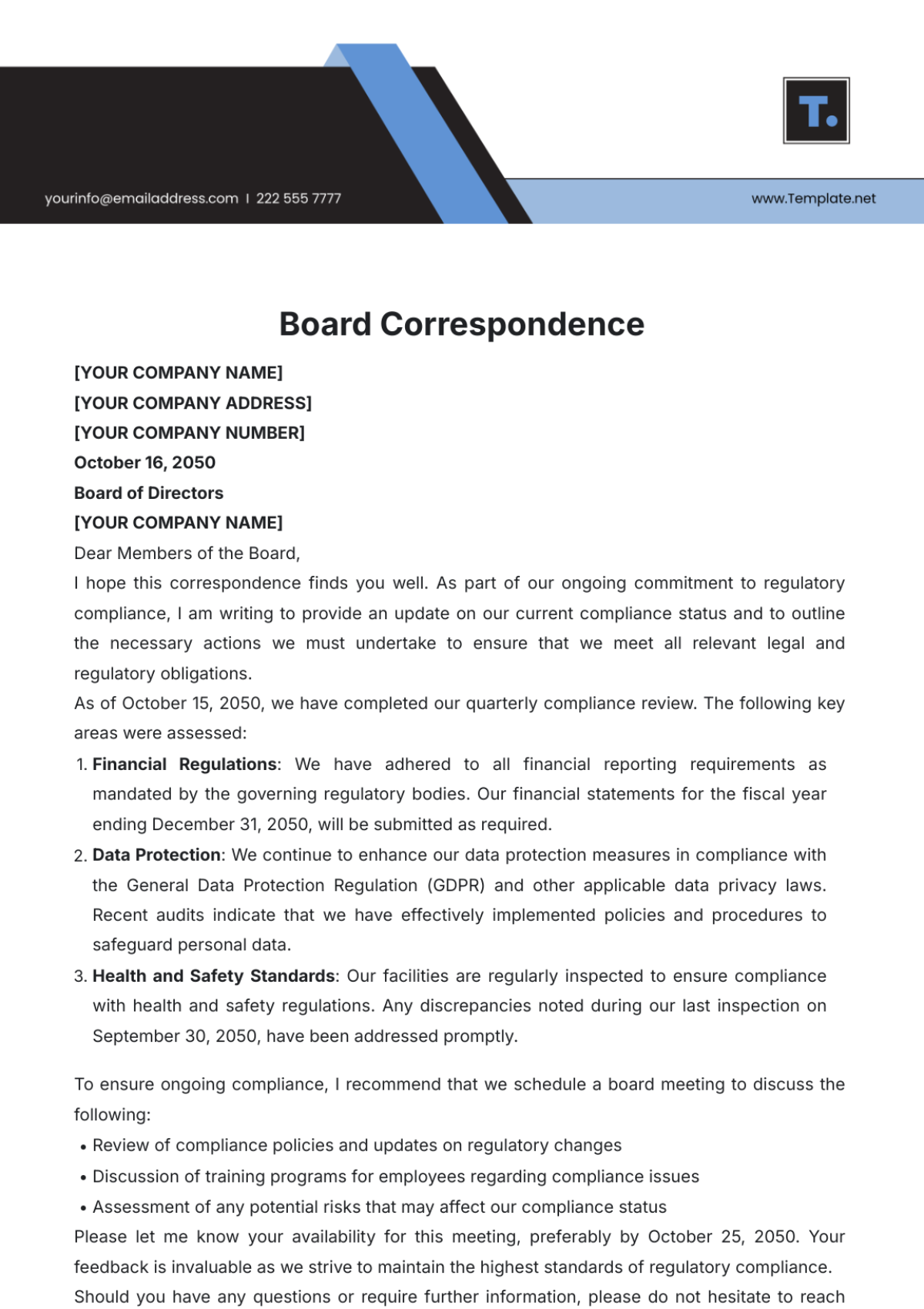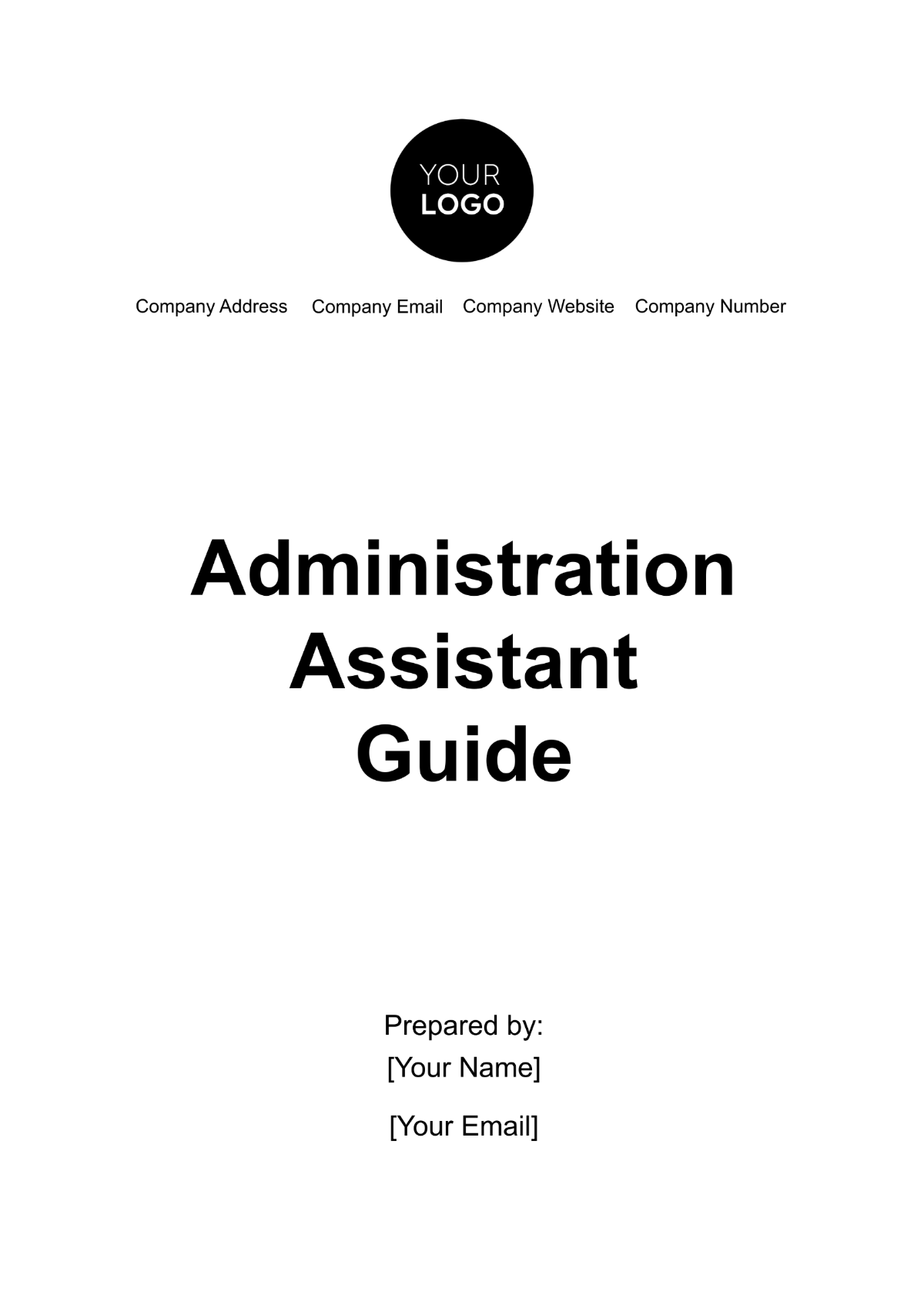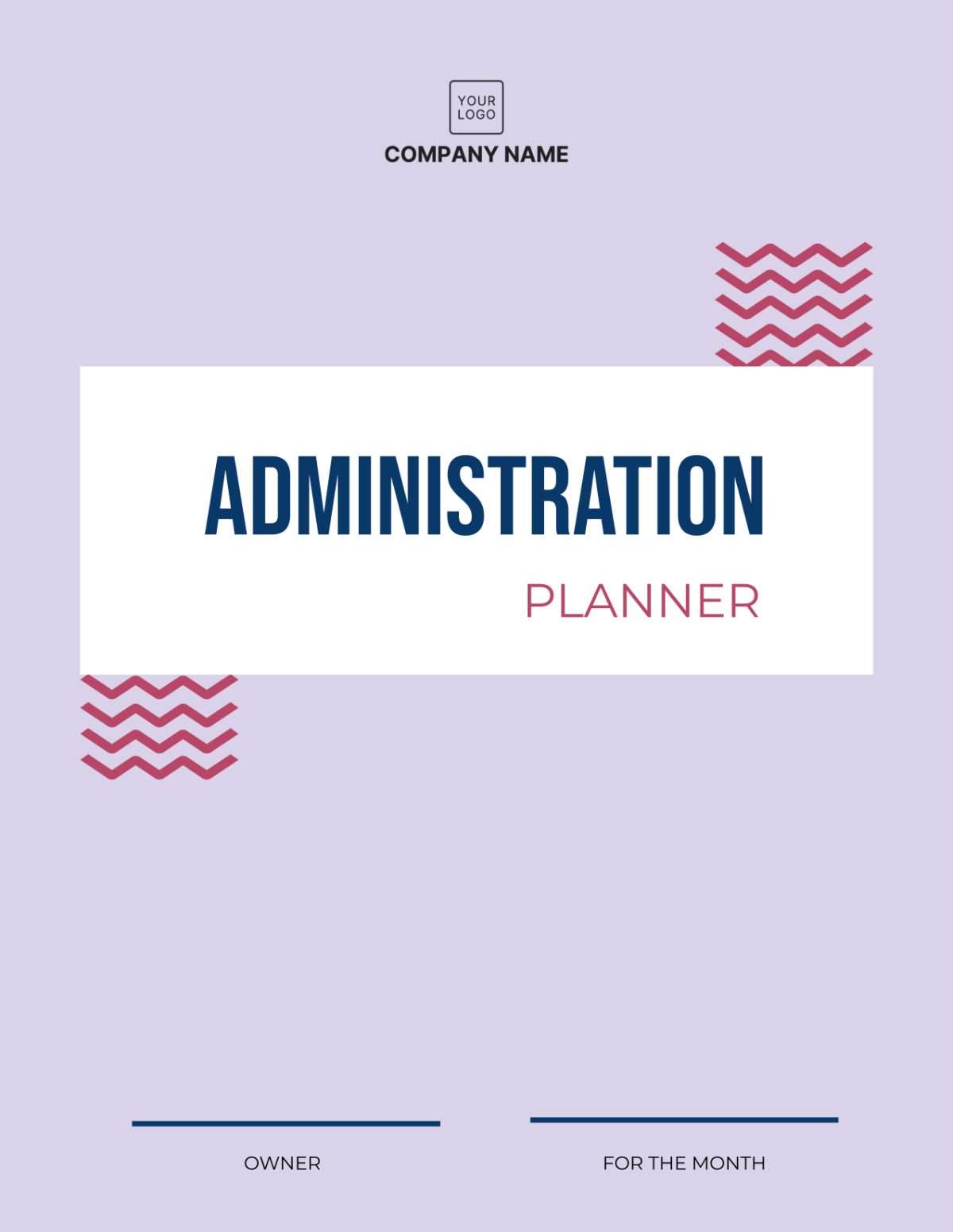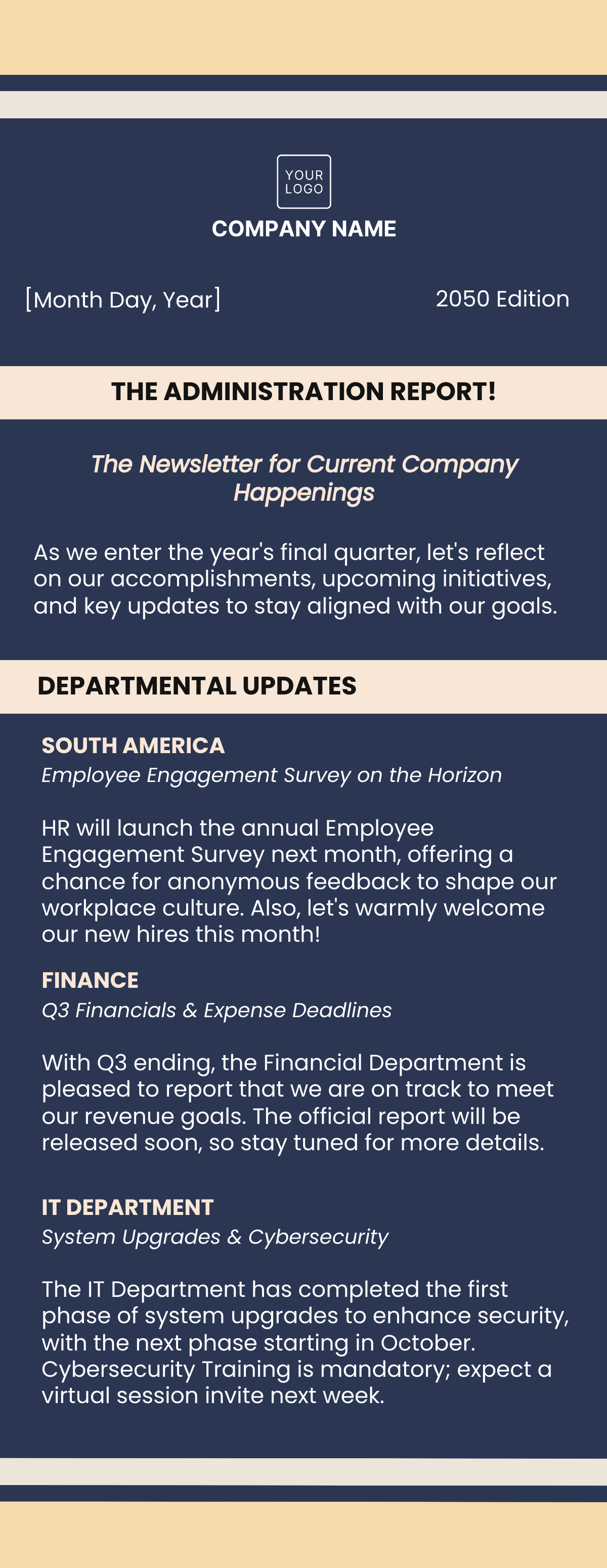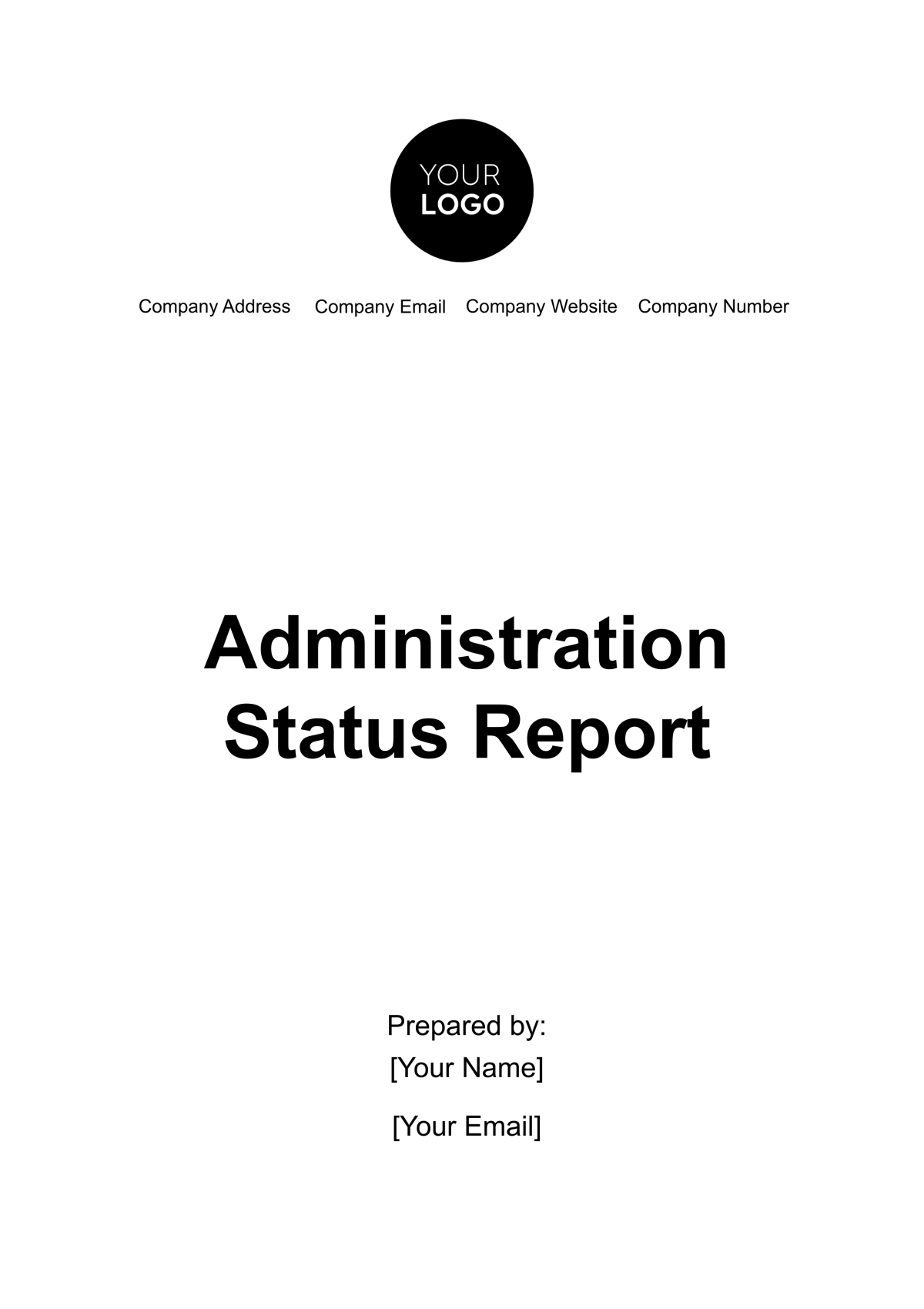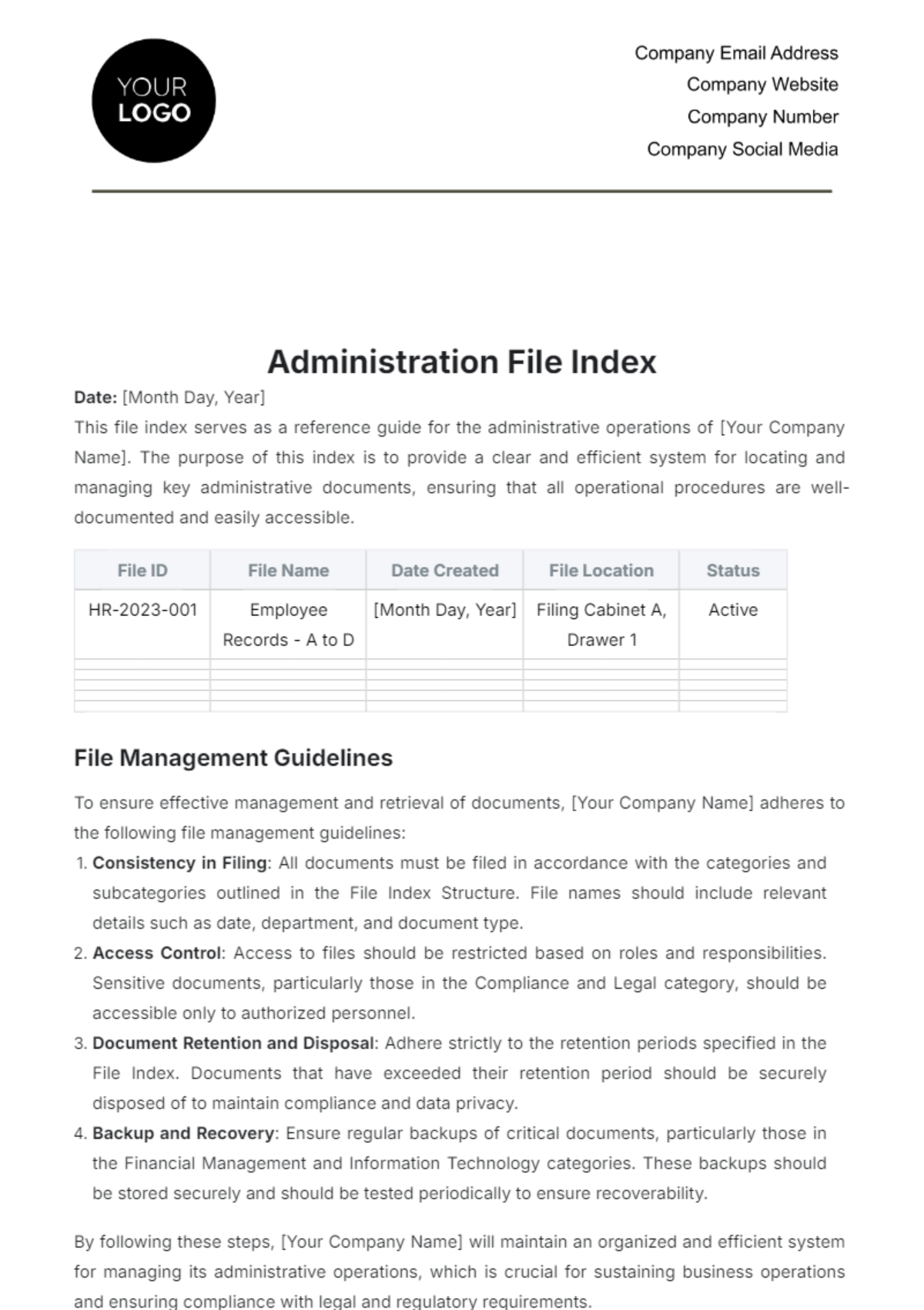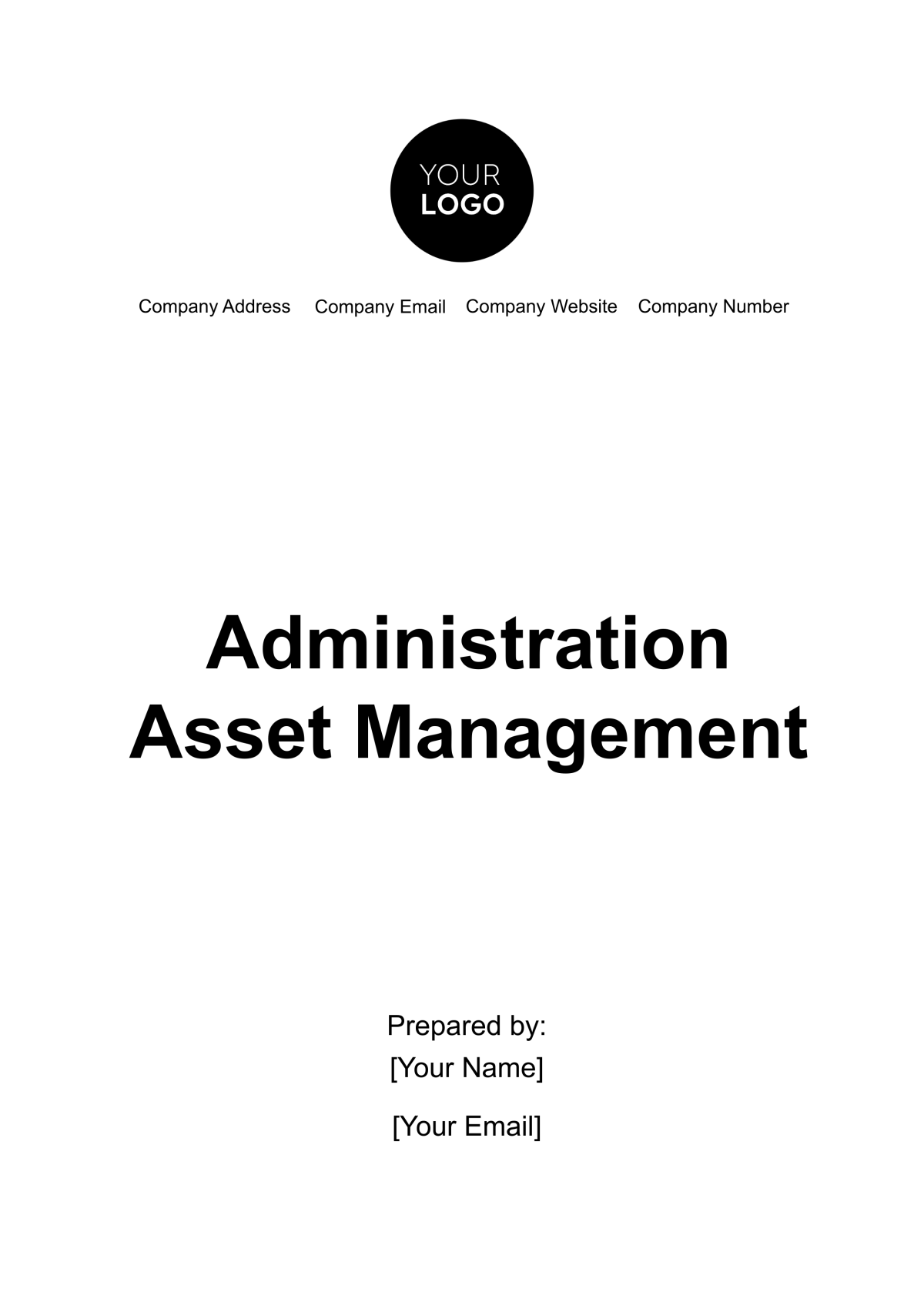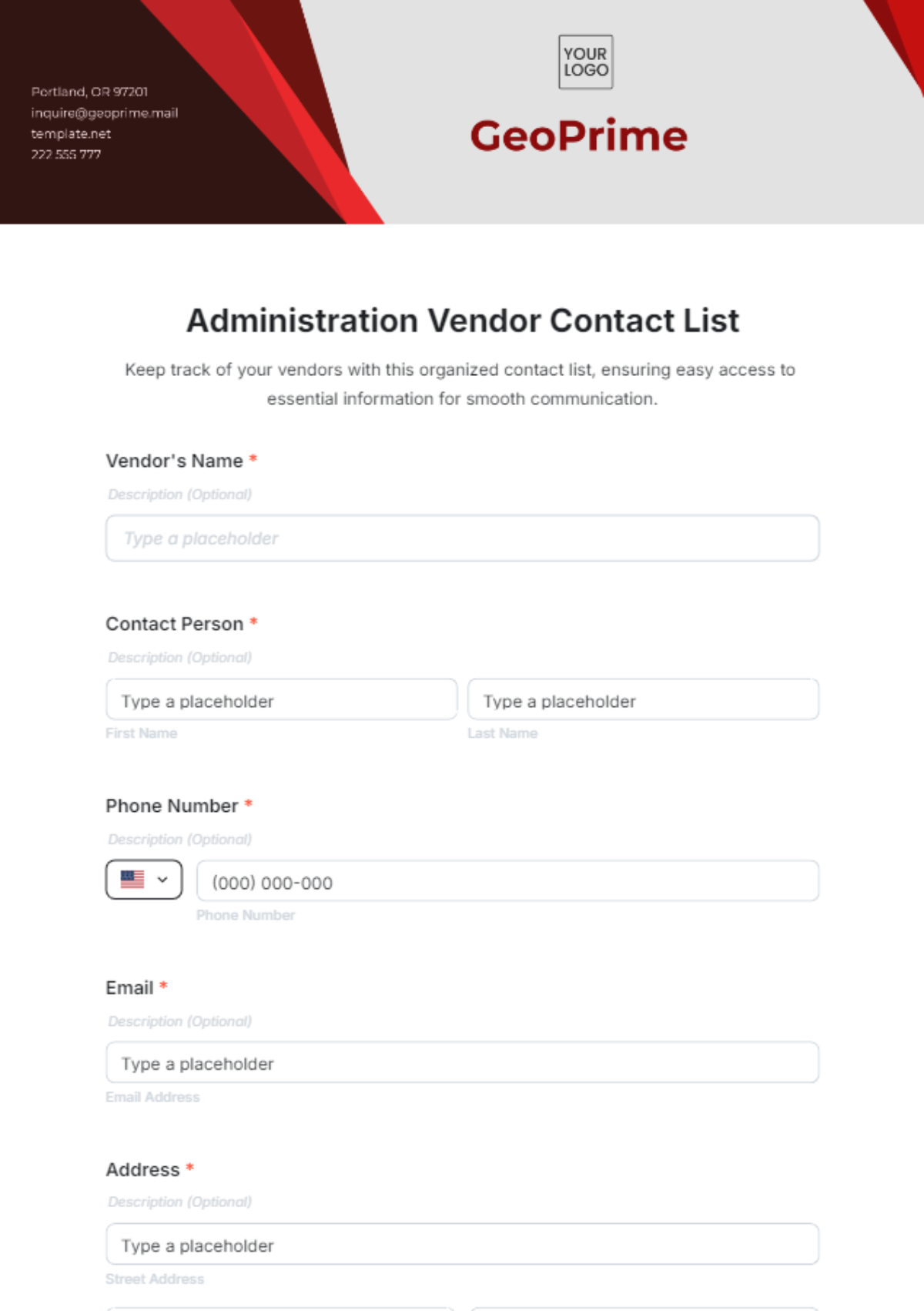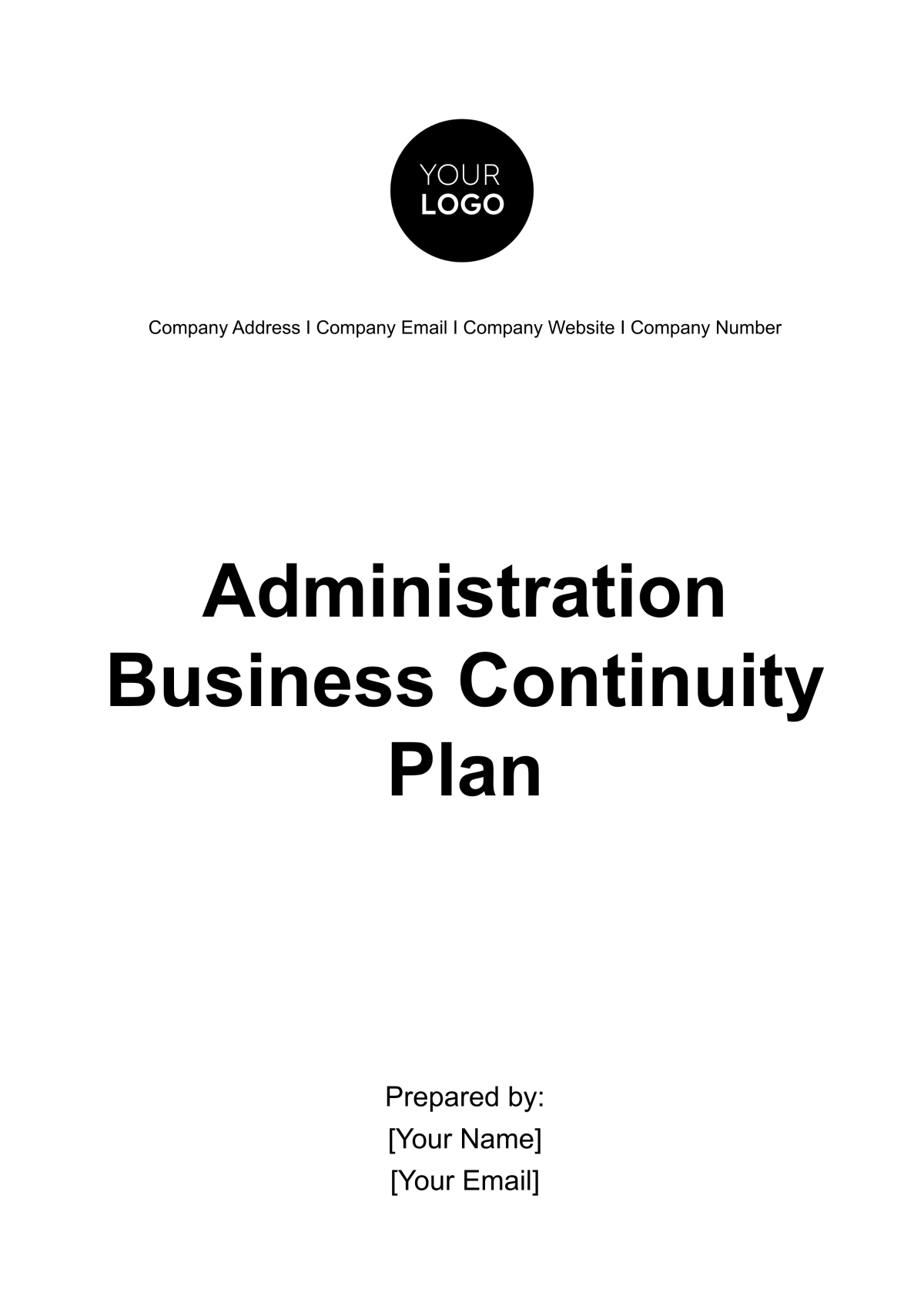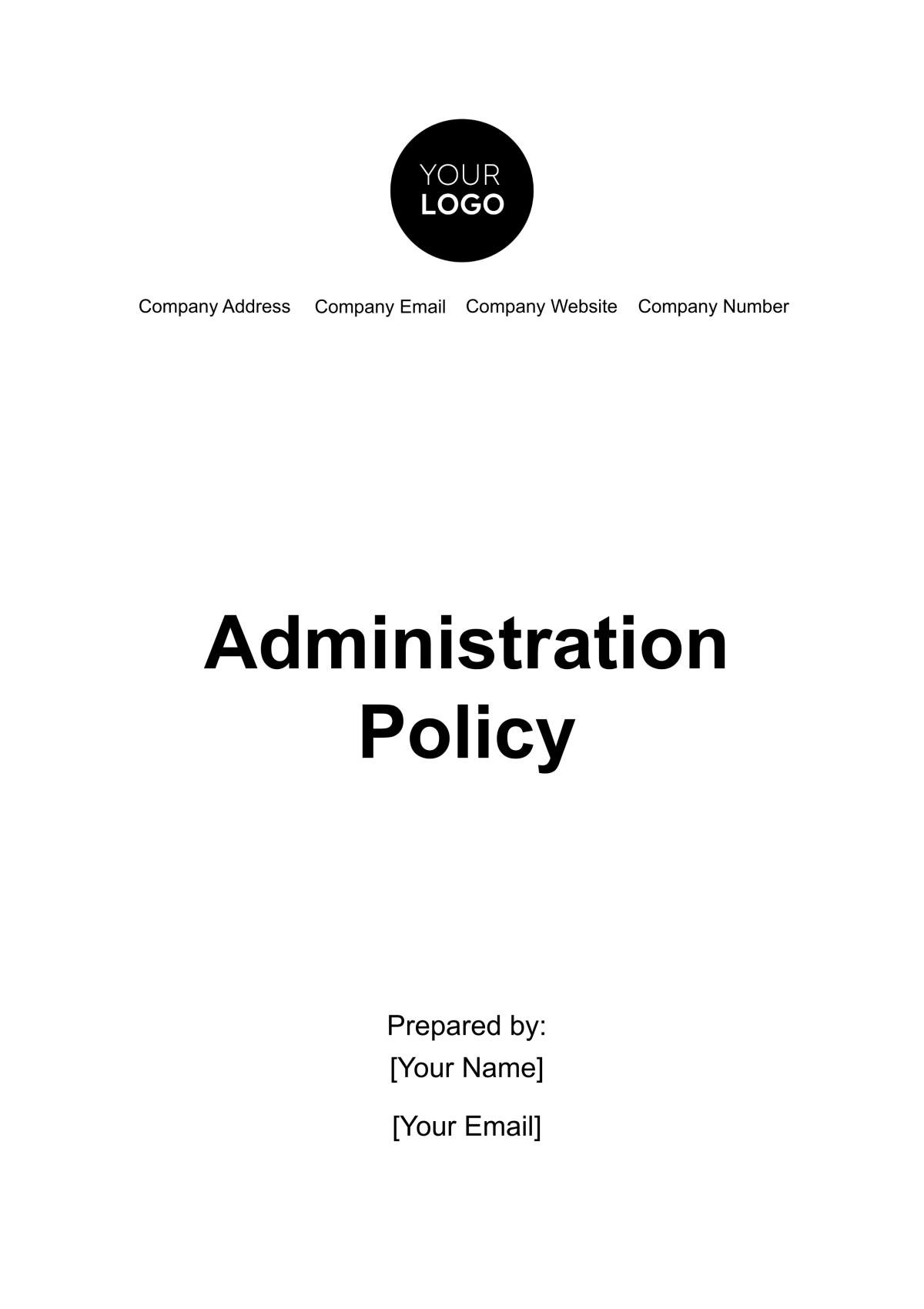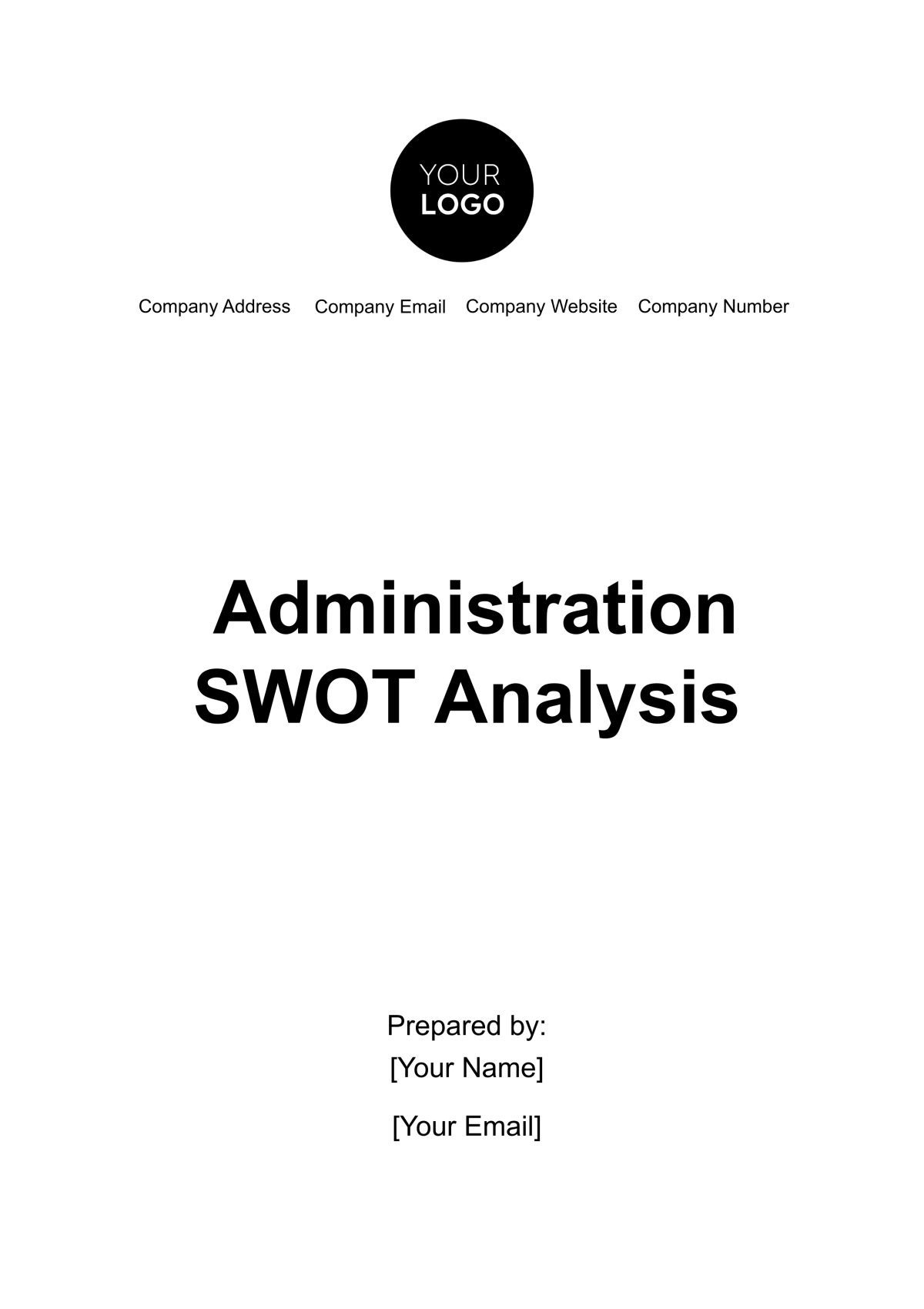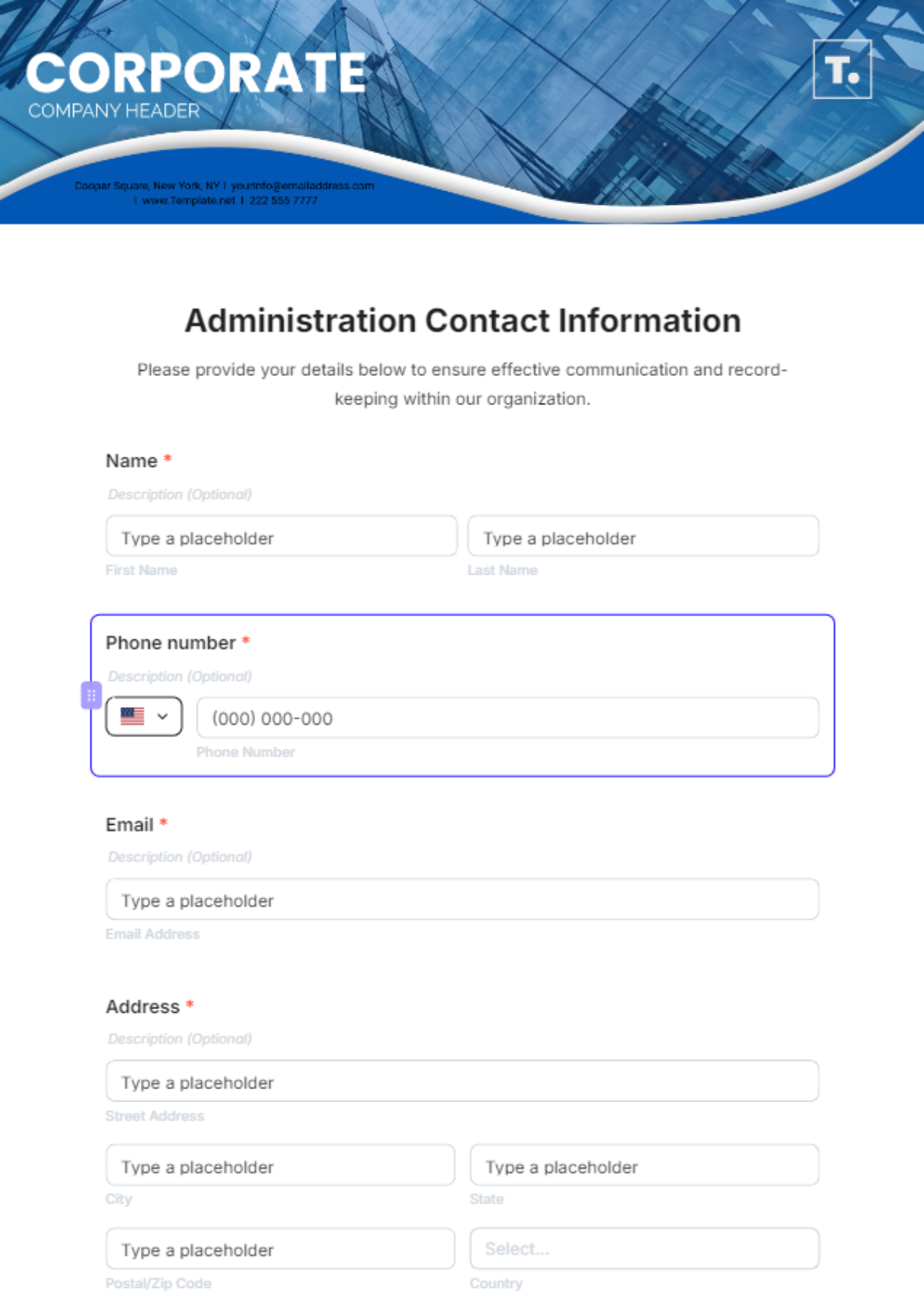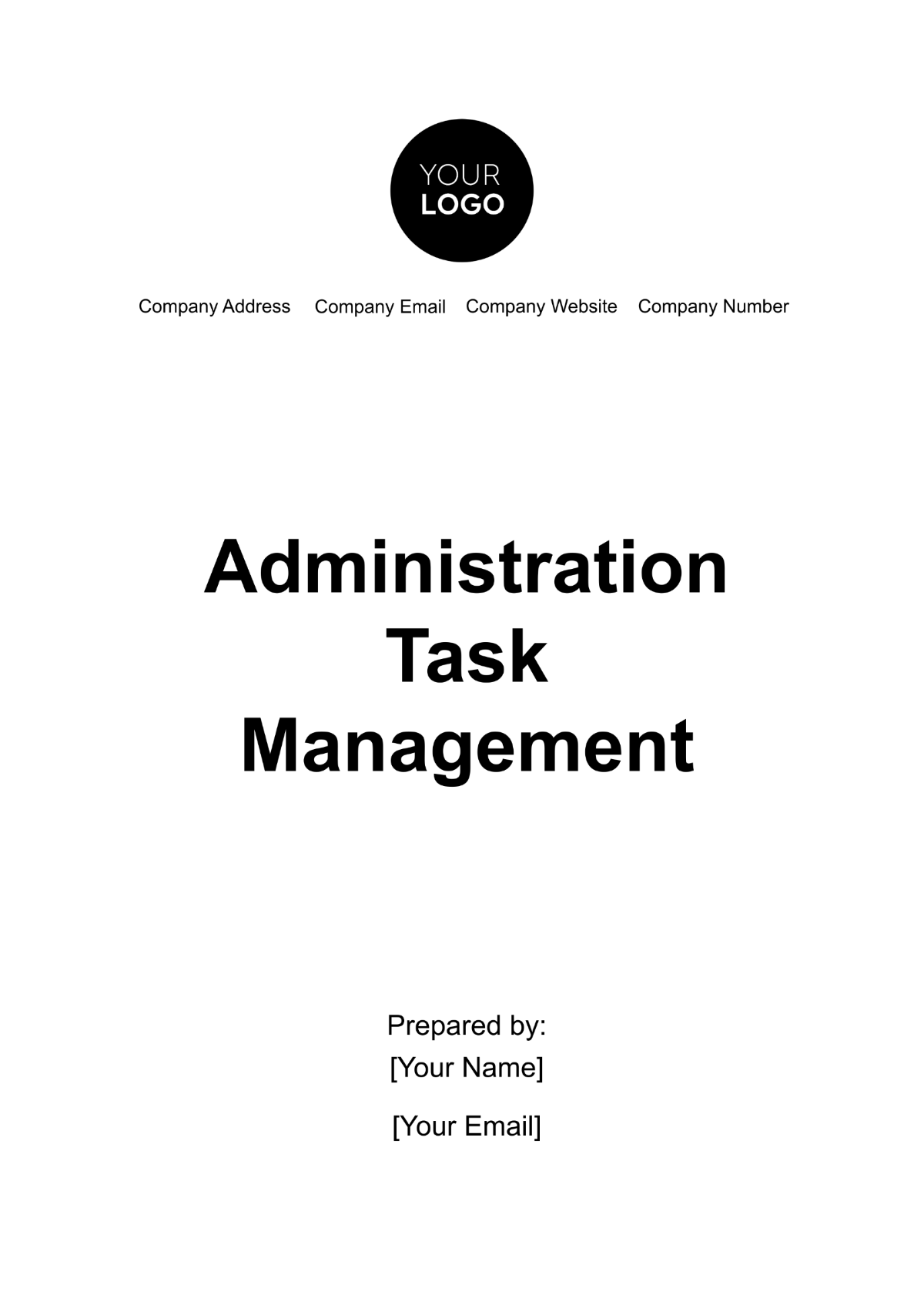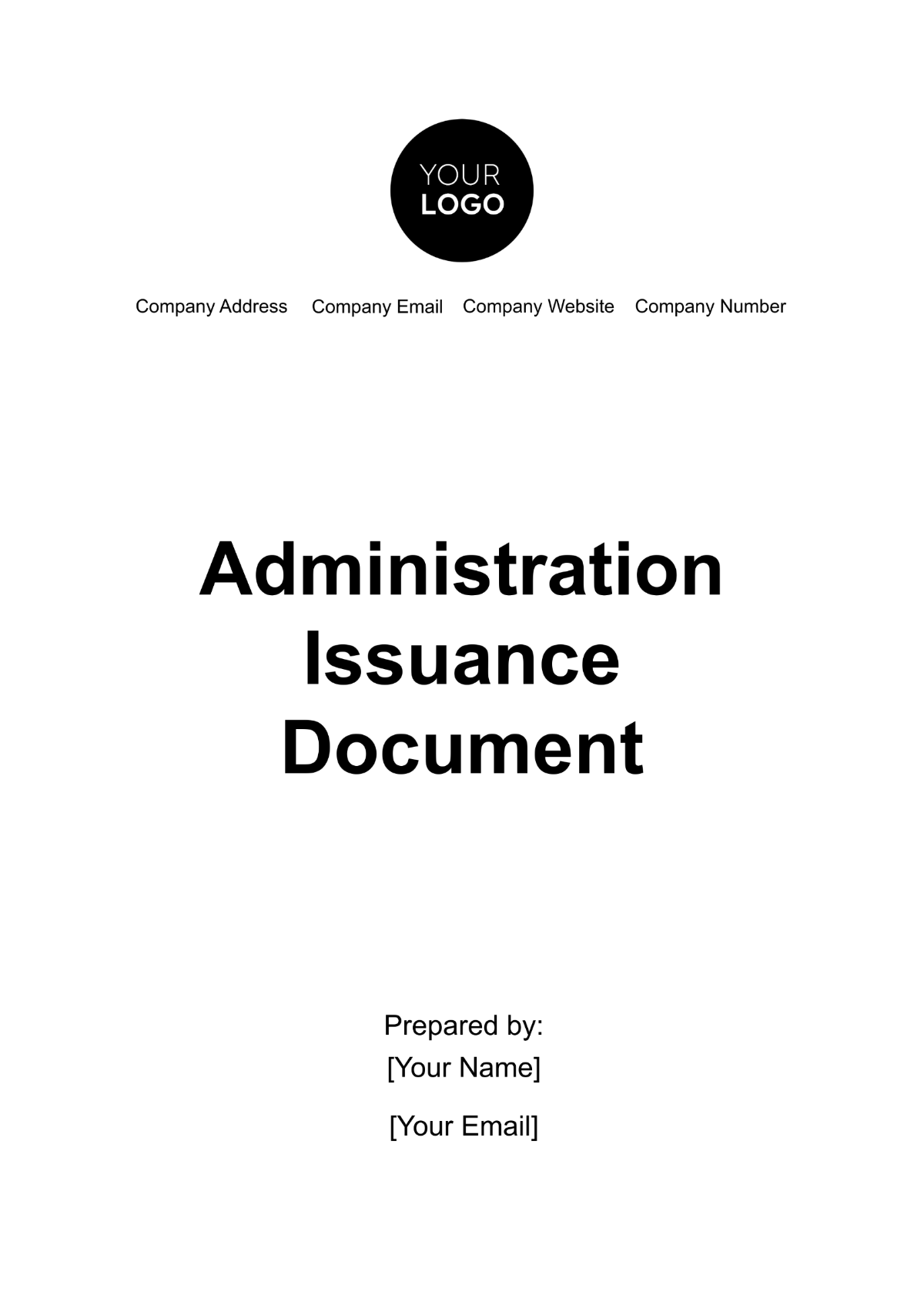Administration Bid Comparison
Instructions: Populate the table below with bid details from potential suppliers. Include all relevant financial and non-financial factors. Evaluate and compare bids based on cost, quality, delivery time, and supplier reliability to determine the most advantageous offer for our needs.
Supplier Name | Bid Amount | Product/ Service Quality | Delivery Time (Days) | Reliability Score | Total Score |
Supplier A | 50,000 | 8 | 30 | 9 | 85 |
Supplier B | 45,000 | 7 | 45 | 7 | 76 |
Supplier C | 55,000 | 9 | 30 | 8 | 88 |
Detailed Analysis
Supplier A offers a competitive bid amount of $50,000. With a product/service quality rating of 8 and the highest reliability score of 9, they are a strong contender. However, their delivery time is average, which could impact project timelines.
Supplier B presents the lowest bid at $45,000, making it financially attractive. However, their quality and reliability scores are the lowest, and the delivery time of 45 days is significantly longer, potentially delaying our operations.
Supplier C proposes the highest bid amount at $55,000 but offers the best quality rating of 9. Their delivery time matches Supplier A, and they have a strong reliability score of 8. Despite the higher cost, their superior quality and reliability may justify the investment for critical projects.
Conclusion
After evaluating all factors, Supplier C is the most balanced choice, offering the best quality and reliable delivery for a slightly higher cost. While Supplier A is also a strong candidate, the premium for Supplier C's superior quality is considered a worthwhile investment for our critical needs. Supplier B, although the most cost-effective, does not meet our standards for quality and reliability, which could risk project success and operational efficiency.
